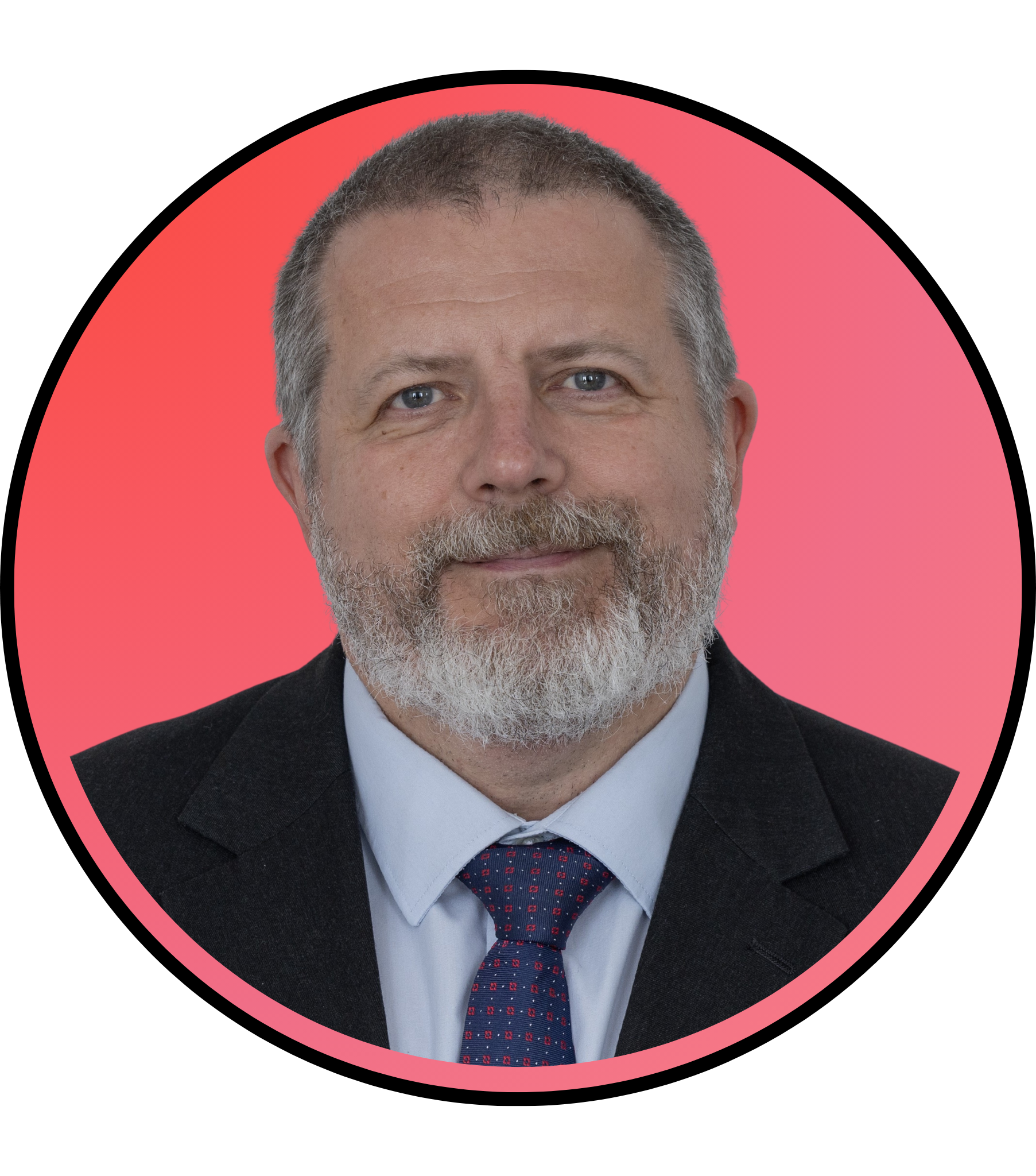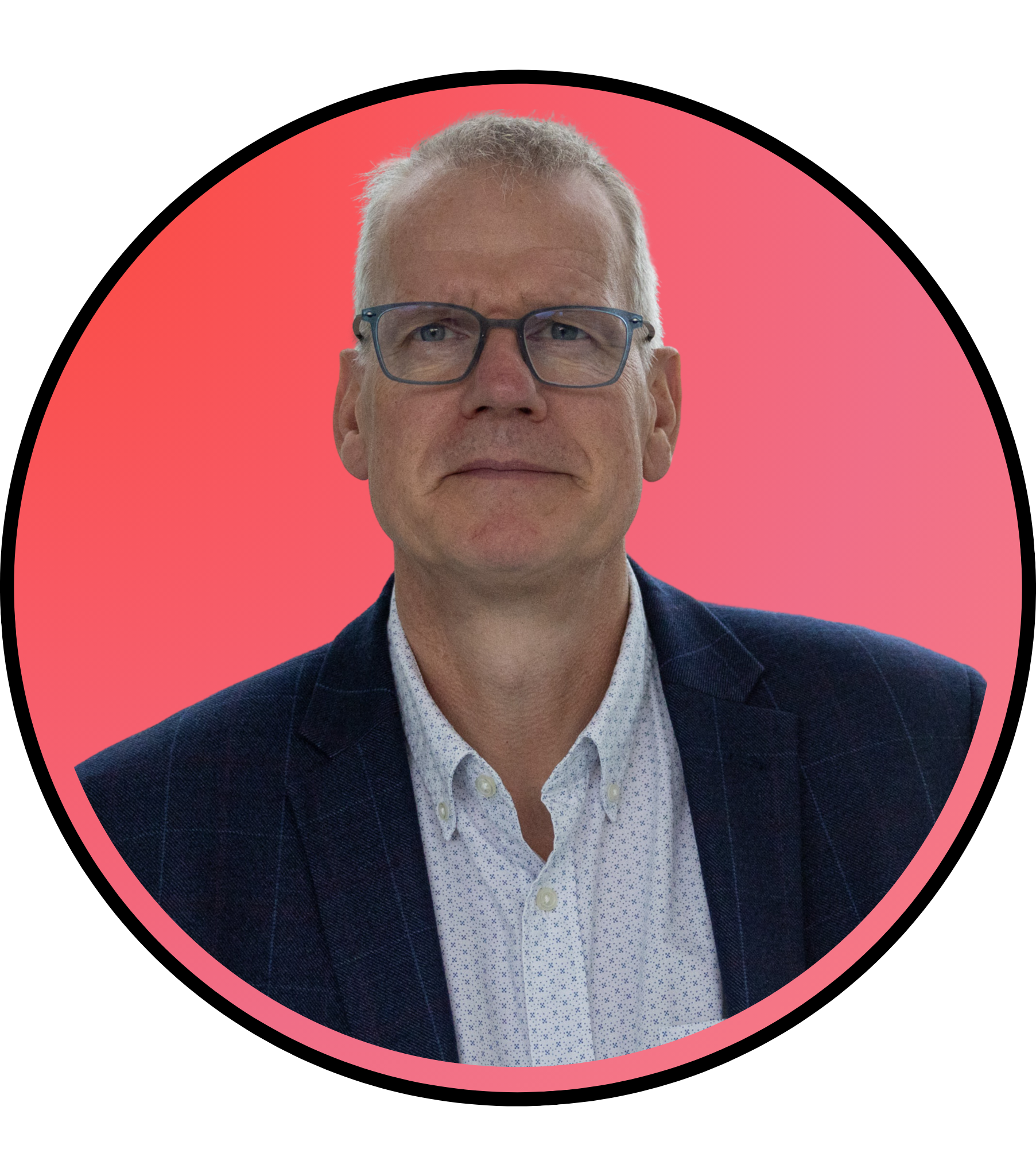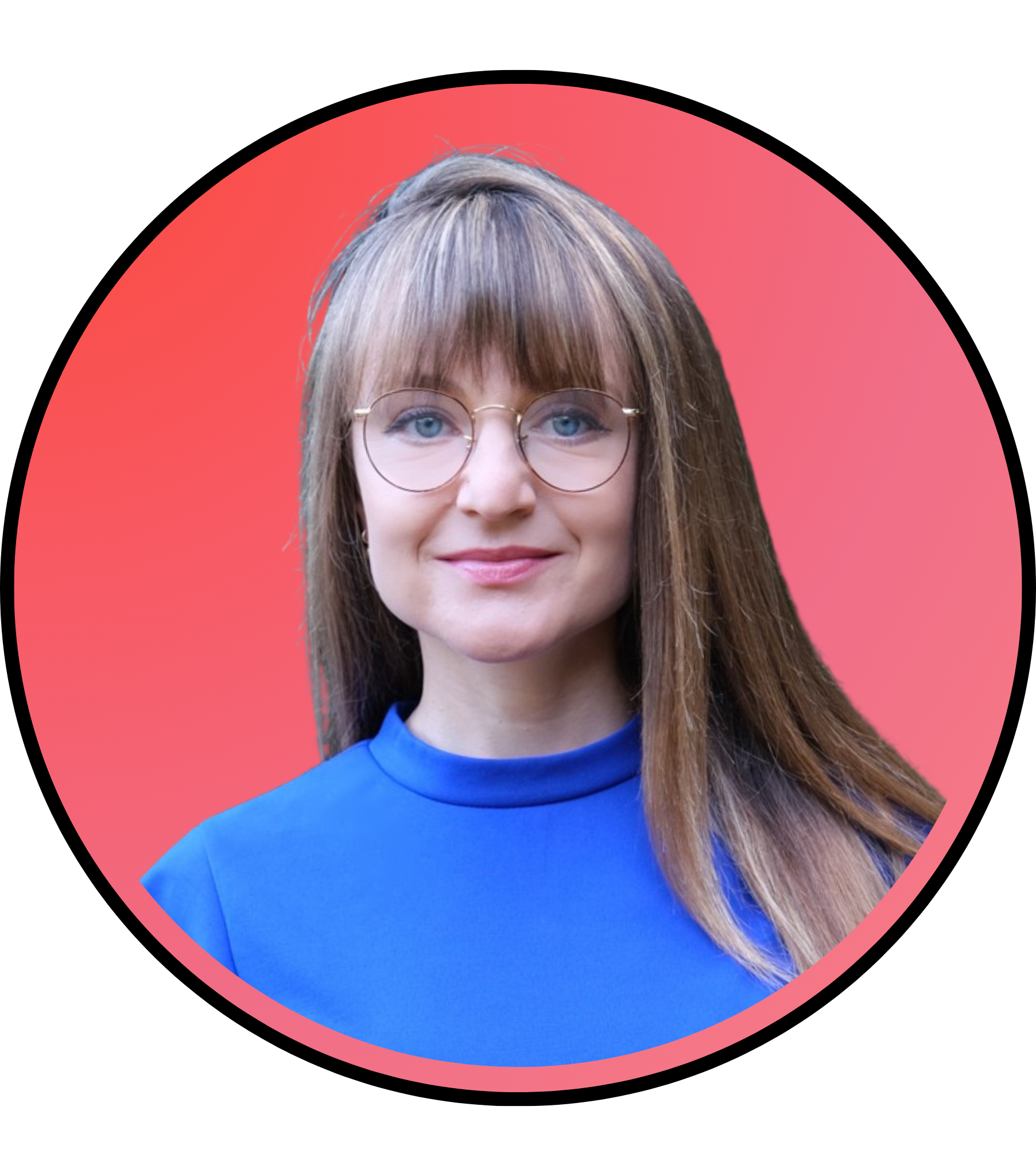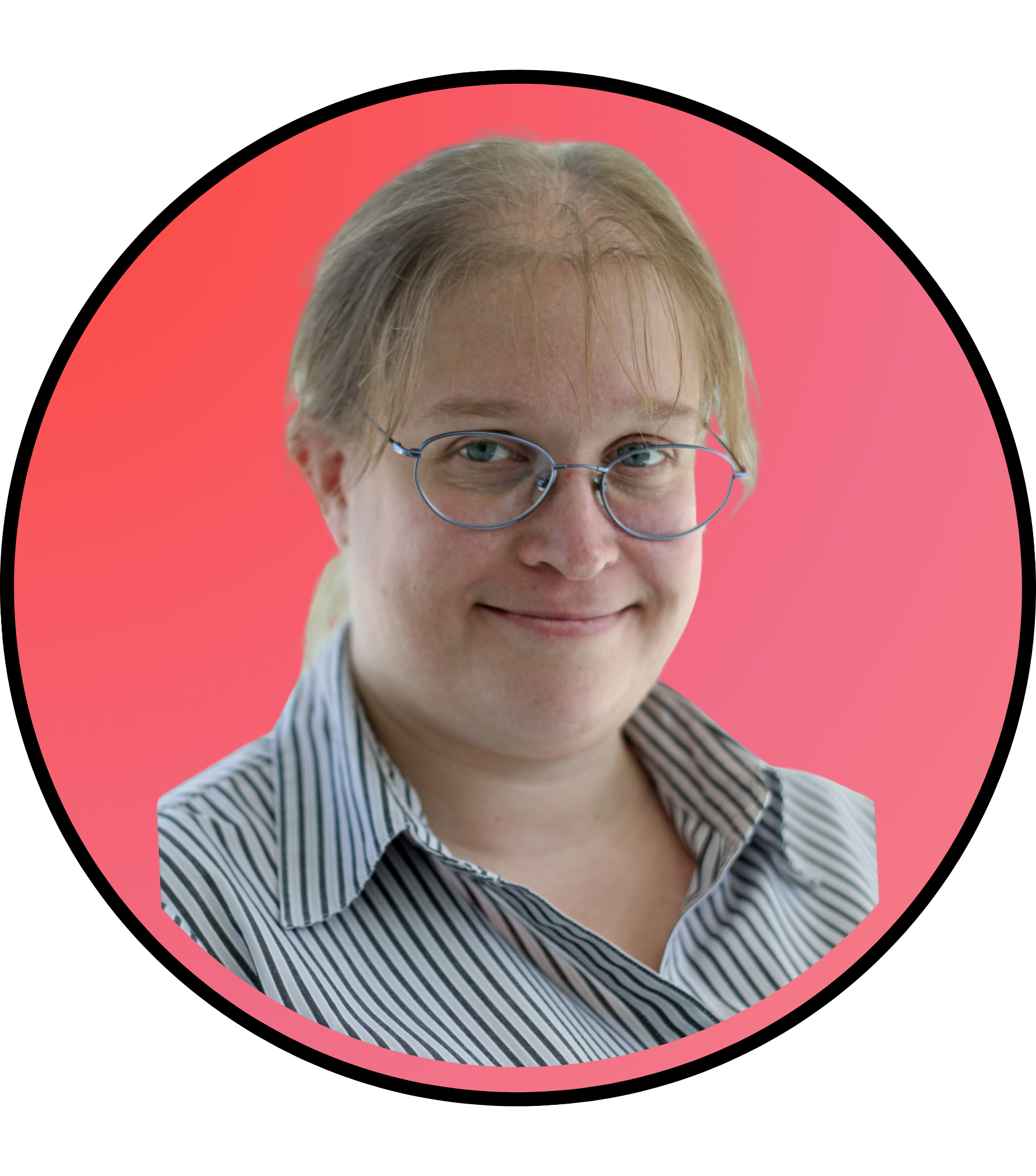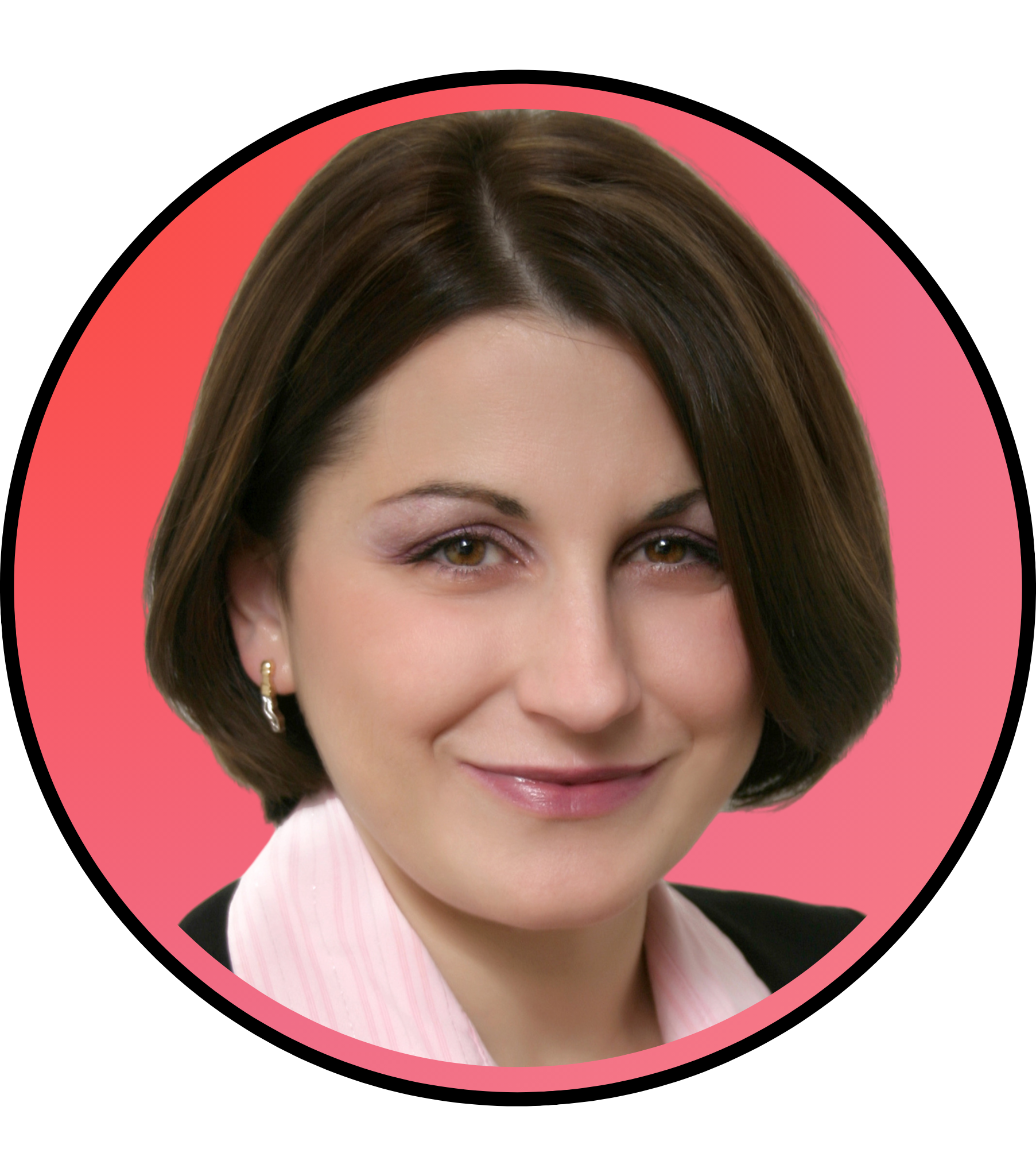ROUND TABLES
ROUND TABLES
The full details of the CIM2025 program are available here. This year, the congress will feature 5 dynamic round-table discussions, each addressing pressing and future-oriented topics in the field of metrology. These discussions will dive into the following key issues:
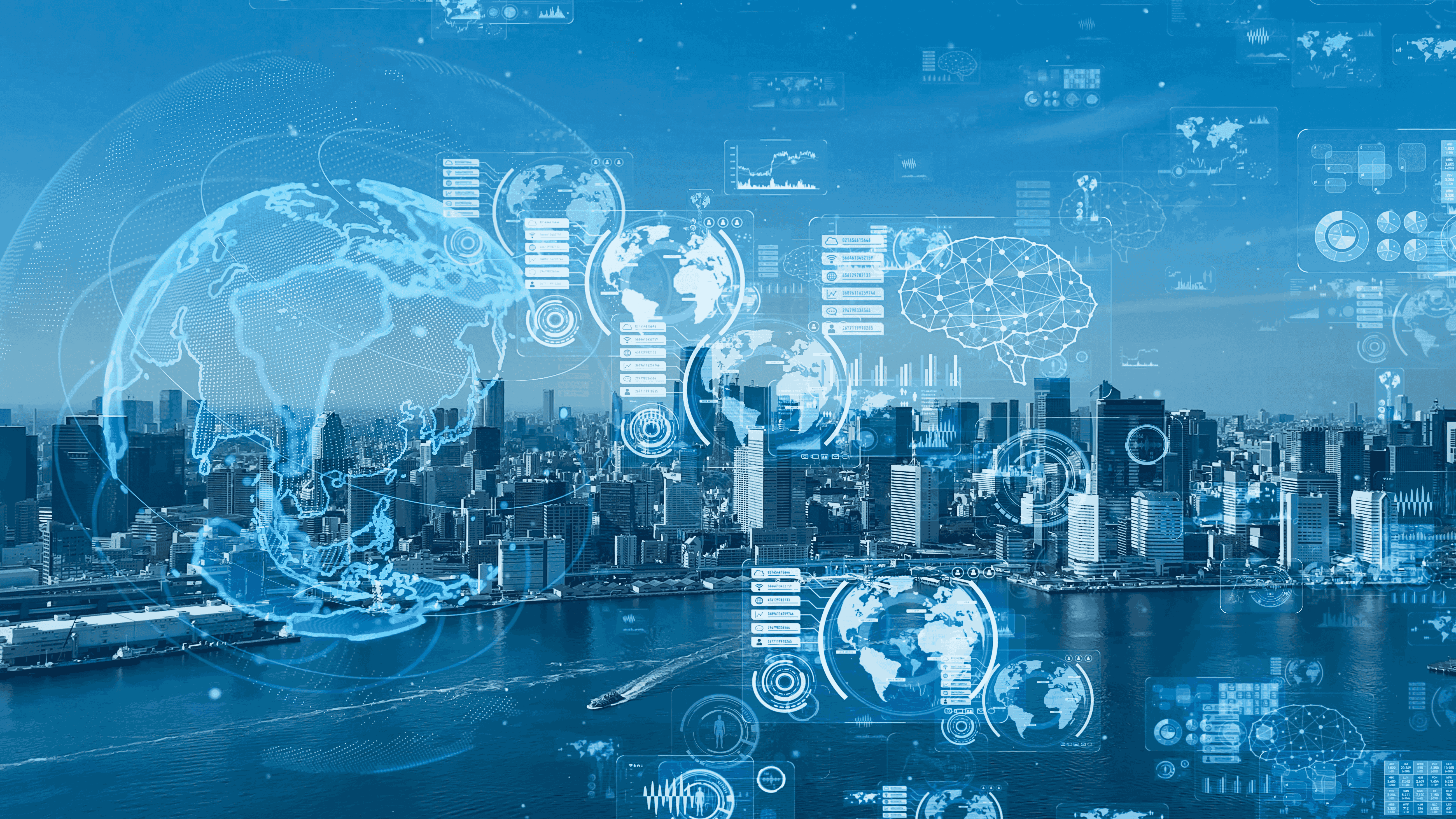
The Internet of Measurement (IoM) is emerging as a crucial field in the era of IoT, focusing on accurate and synchronized measurements across connected devices. IoM ensures calibration, data collection, and analysis from sensors, guaranteeing precision through centralized management. By leveraging IoT technology, IoM supports real-time synchronization, ensuring measurements follow industry norms and remain reliable over time.
IoM enables centralized calibration management, using AI to monitor variations and manage device performance. Predictive maintenance becomes possible by tracking sensor data, calibration cycles, and detecting anomalies early. Additionally, IoM allows remote calibration updates, reducing manual interventions and enhancing the efficiency of devices in various environments.
The collaboration between IoT and metrology is essential, but the real challenge for IoM lies in creating global standards for measurement accuracy. As IoM evolves, it will define how industries trust and manage precise measurements, shaping the future of data integrity and operational reliability across all sectors.

Olivier Moinecourt
OMWAVE by Groupe TERA
FRANCE

Malek Abdi
Advarna
FRANCE

Michael Mende
Spektra
GERMANY
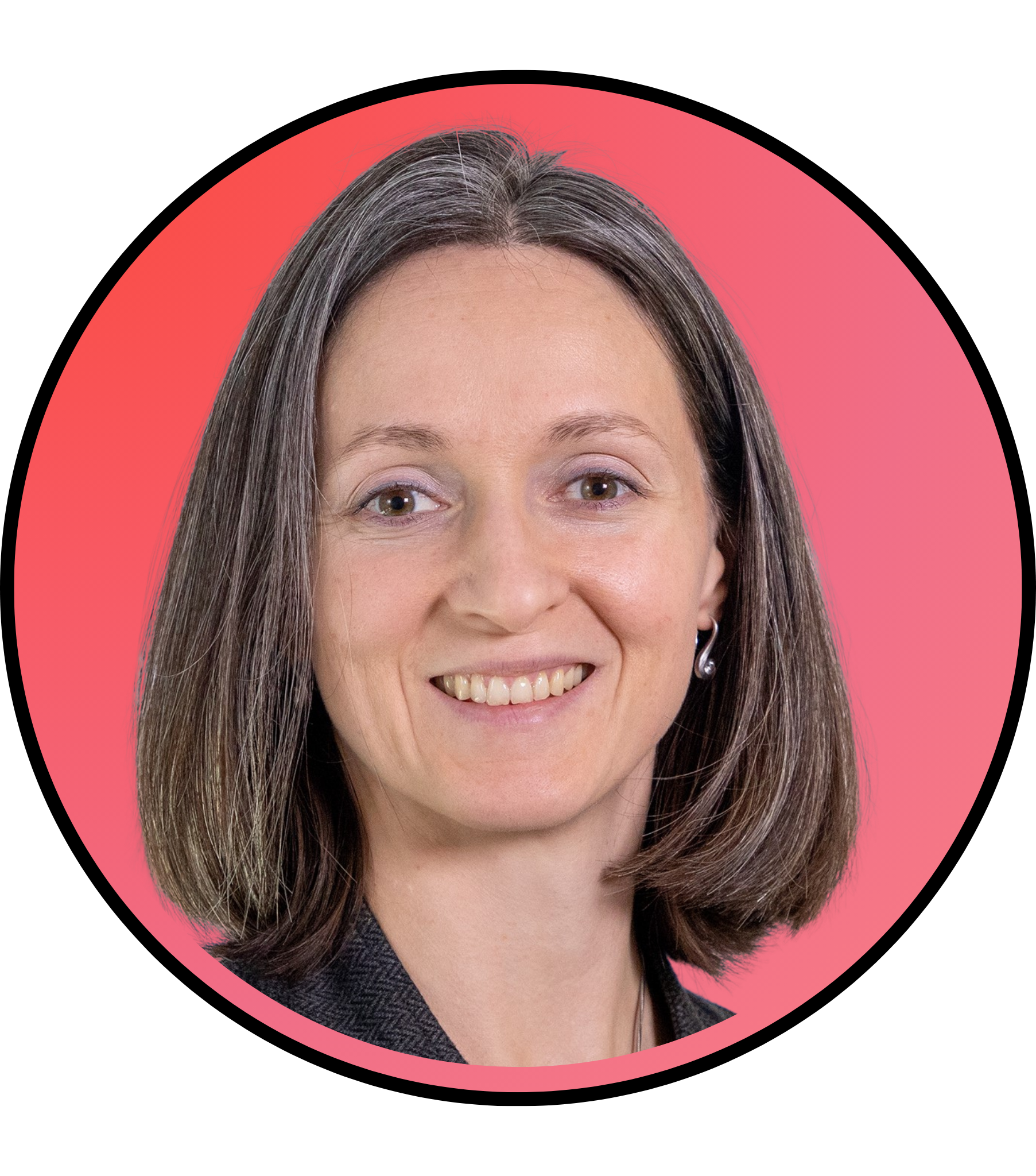
Shanna Schönhals
Physikalisch-Technische Bundesanstalt
GERMANY

Julien Vigarié
HEX GROUP
FRANCE

Maxence Bureau
ENGIE
FRANCE

SPEAKER
David Riallant
Groupe Tera
FRANCE

We live in an era where face-to-face interactions are no longer the norm, and the products, services, and systems we depend on are becoming increasingly complex and digitalized. This transformation, in both scale and complexity, is unprecedented.
Technology is now deeply embedded in industrial processes and business models, transforming supply chains and integrating across all levels. With this digital evolution, ensuring quality and safety is more critical than ever.
Quality Infrastructure (QI) forms the foundation for development and safety assurance. It connects metrology, standardization, accreditation, conformity assessment, and market surveillance. For example, standardization enables economic efficiency and access to global markets by ensuring precise measurements and product verification. Accreditation adds another layer of confidence.
While industries have quickly adapted to the digital age, has QI evolved fast enough to stay relevant to markets, consumers, and regulators? Failing to bridge these gaps could risk QI becoming a barrier to innovation. We'll explore how QI is adapting, and look ahead to the future challenges and opportunities in maintaining trust and confidence in this digital landscape.

We are facing an increasing number of pollutants. Pharmaceuticals, pesticides or microplastics, pose significant threats to both the environment and human health and metrology can play a critical role in addressing them.
Yet, our ability to detect, quantify and assess their impact is still limited. Accurate and reliable measurement techniques are essential to fully understand the scale of these risks.
This round table aims to explore the current gaps in our measurement capabilities, the development of new metrological methods and the standards needed to ensure robust, reproducible data. By fostering collaboration between scientists, policymakers and industry, we can create solutions that will help protect our planet and ensure a healthier future for all.
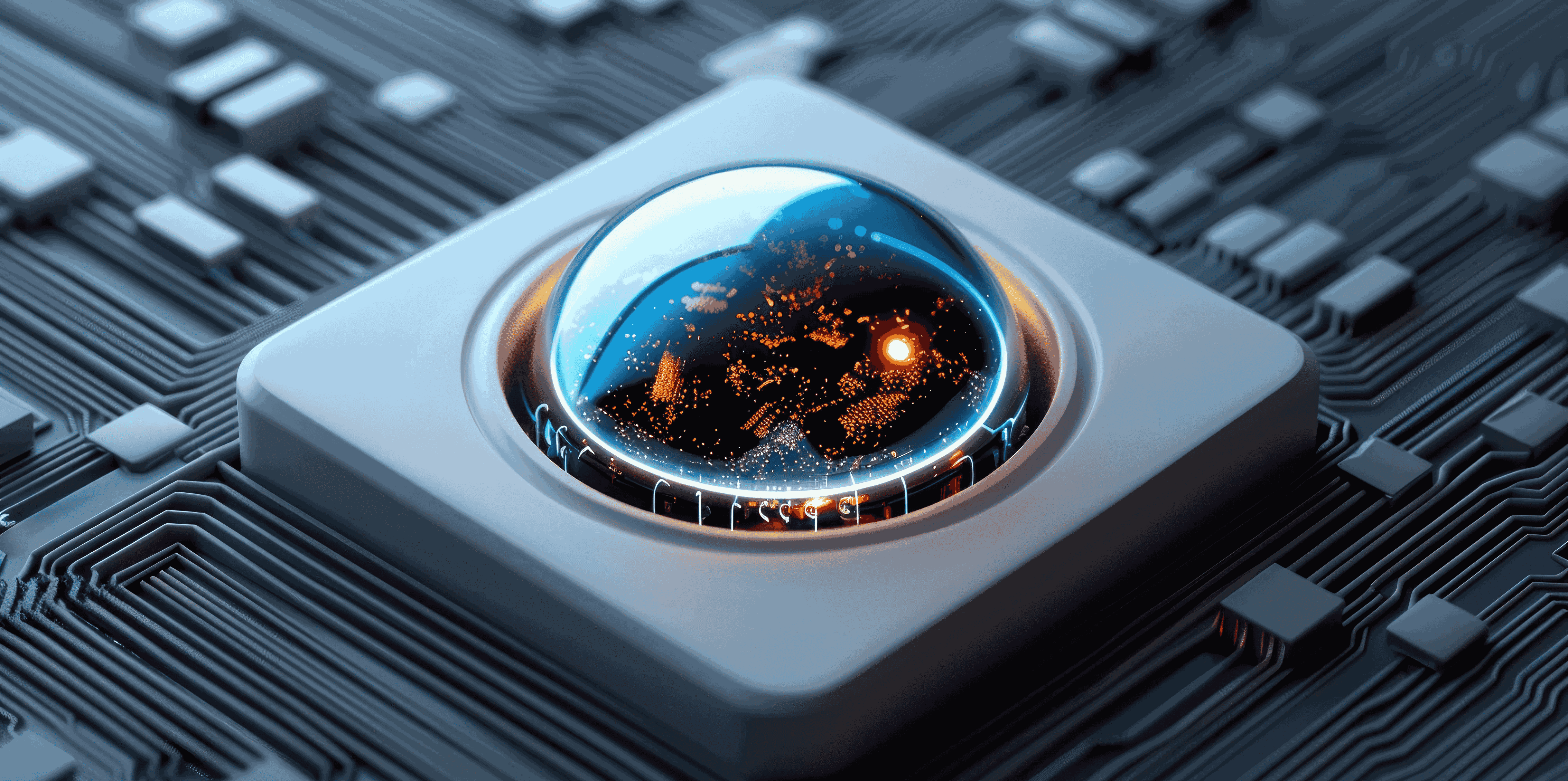
The second quantum revolution will lead to unprecedented technological capabilities opening up important scientific and business opportunities. The worldwide investments in quantum technologies are important in the academic as well as in the industrial sector to accelerate progress.
However, for these investments to be effective the new technologies must be properly characterized and calibrated with measurements traceable to the International System of Units, which is the universal standard for all technologies. Thus, an accessible and fit for purpose testing and validation infrastructure for quantum technology is clearly needed.
What are the needs of the nascent quantum industry? How can metrology help a faster adoption of quantum technologies? What can be done to bridge the gap between fundamental research and industry uptake? Is there sufficient funding for the needs of the community and to reach the high expectations? Which skills are relevant and are they on hand?
This round table will tackle these questions, share some insights and try to give clues how to adapt to these new trends.

Metrology 4.0 is transforming industrial measurement by integrating cutting-edge technologies like Artificial Intelligence, Big Data, and 3D mapping into the science of measurement. This shift presents both challenges and opportunities for current and future metrologists, requiring them to expand beyond traditional skills. The role of metrologists now involves deeper interaction with digitalized processes and smart systems, transitioning from passive monitoring to becoming key players in intelligent measurement systems.
Metrologists must now blend core skills with new technological expertise, collaborating with smart machinery and digital systems. This calls for continuous adaptation, combining human ingenuity with the precision of advanced tools. However, this shift is also contributing to a decline in interest among younger generations to pursue careers in metrology, creating a significant labor shortage in the field.
The upcoming roundtable will address these challenges and opportunities, focusing on:
- Metrology and Calibration Lab Experts' profiles in the digital age
- Transitioning today’s metrologists to meet future demands
- The impact of digitalization on metrologists’ work
- Training and skills required for future metrologists
- Addressing labor shortages and bridging the skills gap
- Adapting to rapid technological changes through continuous learning
- Sharing successful stories and best practices within the field







